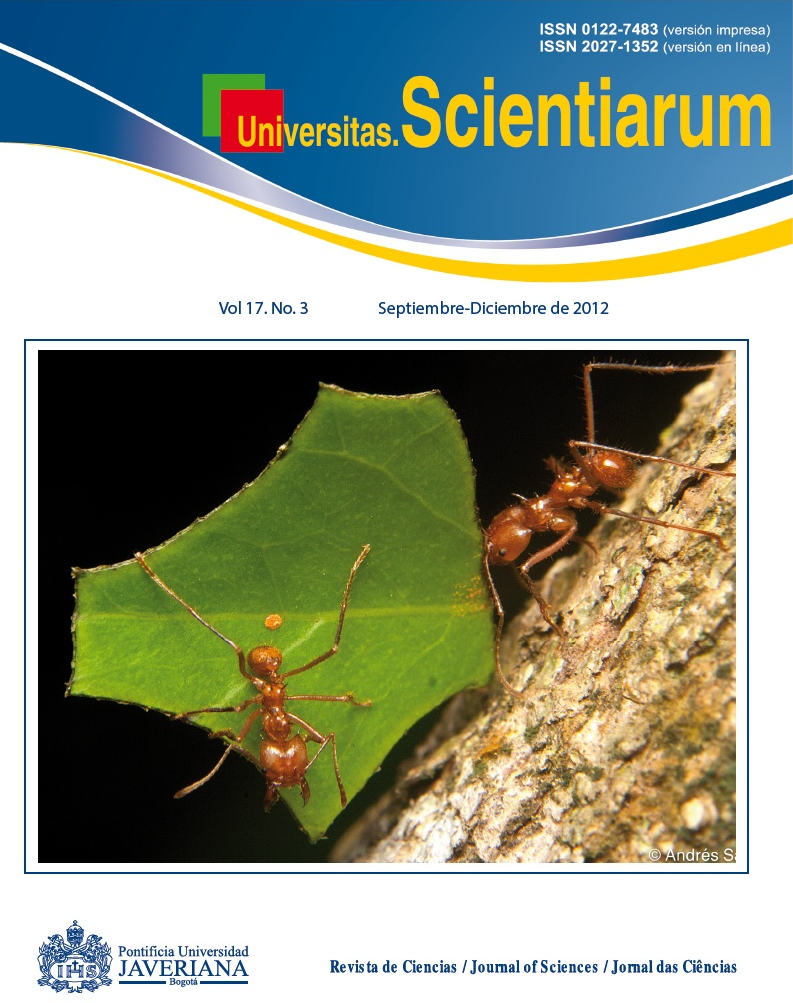Abstract
To study the toxicological properties of three hybrid compounds, quinoline-thiazolidinone (FR-72 and FR-121) and acridin-epoxyisoindolindione (FR- 154), applying named compounds to the test of the roots of Allium cepa onion bulbs. Materials and methods. Molecules FR-72, FR-121 and FR-154 were synthesized de novo according to described synthetic protocols. Clean and healthy bulbs of Allium cepa (2n = 16), previously immersed in distilled water, were dried with paper towels and placed directly into test tubes filled with the test substance. The experiments were carried out at room temperature 20 ± 2°C and were kept in darkness. The period of exposure of bulbs was 120 hours; the roots used for the genotoxicity evaluation were on average of 2 to 2.5 cm in length. The evaluation of the effect of the three quinolinic molecules on the growth of onion roots of Allium cepa bulbs was achieved using different concentrations of the three growth parameters (EC50, IM, ACs) The evaluated substances performed aneugenic actions, operating at cellular and molecular structure level and preventing the fixing of mitotic spindle fibers, causing the movement of chromosomes in the anaphase or loss of chromosomes, even inducing apoptosis by exceeding the homeostatic capacity of the cell. Conclusions. The preliminary analysis indicated that molecule FR-121 at 10-6 M concentration and molecule FR-154 at 10-3 M concentration, proved to be potent phytotoxic agents causing various claustogenic and aneugenic aberrations.Univ. Sci. is registered under a Creative Commons Attribution 4.0 International Public License. Thus, this work may be reproduced, distributed, and publicly shared in digital format, as long as the names of the authors and Pontificia Universidad Javeriana are acknowledged. Others are allowed to quote, adapt, transform, auto-archive, republish, and create based on this material, for any purpose (even commercial ones), provided the authorship is duly acknowledged, a link to the original work is provided, and it is specified if changes have been made. Pontificia Universidad Javeriana does not hold the rights of published works and the authors are solely responsible for the contents of their works; they keep the moral, intellectual, privacy, and publicity rights. Approving the intervention of the work (review, copy-editing, translation, layout) and the following outreach, are granted through an use license and not through an assignment of rights. This means the journal and Pontificia Universidad Javeriana cannot be held responsible for any ethical malpractice by the authors. As a consequence of the protection granted by the use license, the journal is not required to publish recantations or modify information already published, unless the errata stems from the editorial management process. Publishing contents in this journal does not generate royalties for contributors.



